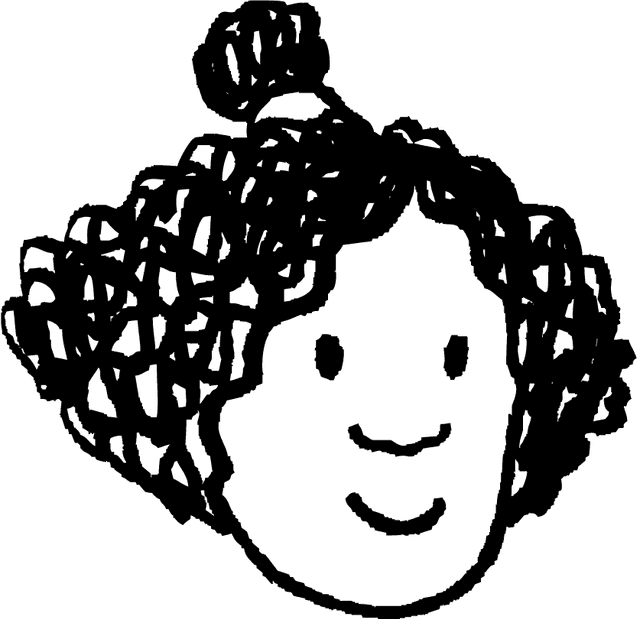Starter quiz
- What are the monomers of complex carbohydrates?
- amino acids
- lipids
- sugars ✓
-
- Lipids are made from ___________ and __________.
- fatty acids ✓
- glucose
- fats
- fructose
- glycerol ✓
-
- What type of molecules are joined together to form proteins?
- 'amino acids' ✓
 What biological molecules are plant cell walls made from?
What biological molecules are plant cell walls made from?- Cellulose ✓
- Starch
- Glycogen
- Monosaccharide
-
- Match the biological molecule to it use.
- carbohydrates⇔For energy and storage. ✓
- proteins⇔For growth and repair. ✓
- lipids⇔For energy storage, insulation and to make cell membranes. ✓
- Which of the following are disaccharides?
- Lactose ✓
- Galactose
- Fructose
- Maltose ✓
- Sucrose ✓
-
Exit quiz
- Which elements do proteins, carbohydrates and proteins all contain?
- Carbon ✓
- Water
- Hydrogen ✓
- Nitrogen
- Oxygen ✓
-
- Plants use the process of ______ to convert carbon dioxide into carbohydrates.
- 'photosynthesis' ✓
- Match each element to its source.
- hydrogen⇔water ✓
- carbon⇔air ✓
- nitrogen⇔soil ✓
- Who is correctly describing how plants get essential elements?
 Sam: Consumers get all essential elements such as nitrogen from the air.
Sam: Consumers get all essential elements such as nitrogen from the air. Jacob: Consumers get the carbon and nitrogen they need by eating producers. ✓
Jacob: Consumers get the carbon and nitrogen they need by eating producers. ✓ Izzy: Consumers get essential elements they need such as carbon from the air.
Izzy: Consumers get essential elements they need such as carbon from the air. Lucas: Consumers get essential elements such as nitrogen from the soil.
Lucas: Consumers get essential elements such as nitrogen from the soil.
- Which of the following biological molecules always contains nitrogen?
- lipids
- proteins ✓
- carbohydrates
-
- Match the term to its meaning.
- abiotic⇔non-living parts of an ecosystem ✓
- biotic⇔living parts of an ecosystem ✓
- autotrophic⇔organism that can make its own food, such as a plant ✓
Worksheet
Loading worksheet ...
Presentation
Loading presentation ...
Video
Lesson Details
Key learning points
- All carbohydrates, proteins and lipids are made of the elements carbon, hydrogen and oxygen.
- All proteins and some lipids also contain the element nitrogen.
- Producers obtain carbon and oxygen from the air, hydrogen from water, and nitrogen from the soil.
- Consumers cannot use carbon from carbon dioxide in air to make biological molecules; only producers can do that.
- Consumers absorb oxygen from the air but get all their carbon and nitrogen by eating producers.
Common misconception
That plants absorb nitrogen from the atmosphere, and animals do not need plants to obtain carbon, so plants are not necessary for food.
How plants obtain carbon and nitrogen, and the reliance that consumers have on producers for these inorganic elements is covered in detail.
Keywords
Autotrophic - An organism that can make its own food, such as a plant or other producer.
Abiotic - The non-living parts of an ecosystem, such as the atmosphere.
Photosynthesis - The process carried out by plants that converts carbon dioxide and water into glucose and oxygen.
Producer - An organism that produces its own food, such as a plant.
Consumer - An organism which must eat other organisms in order to obtain food.
+